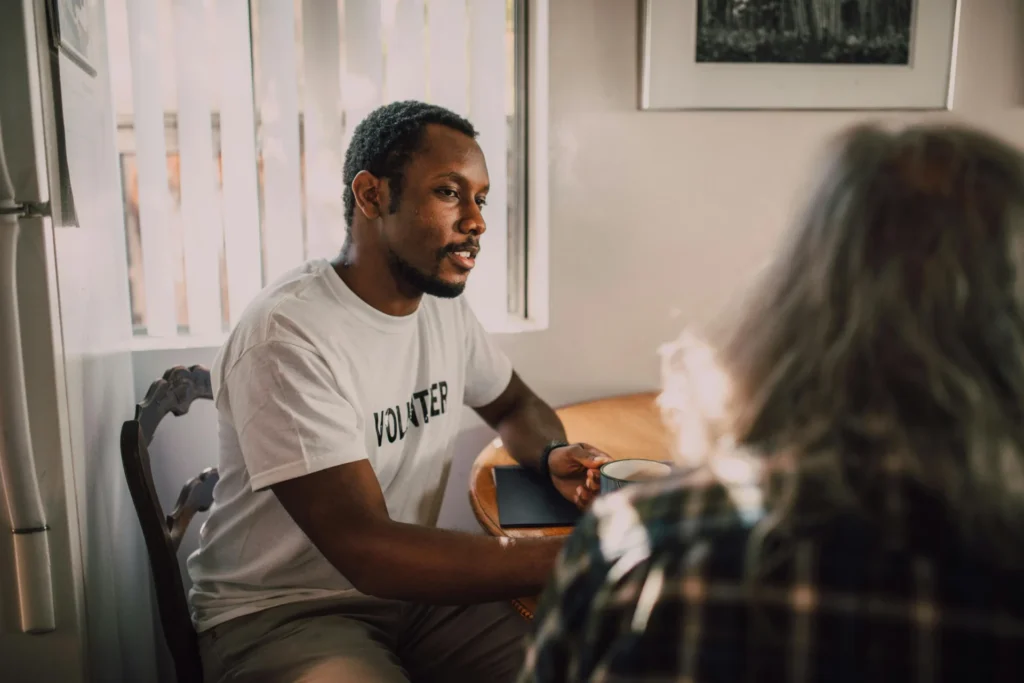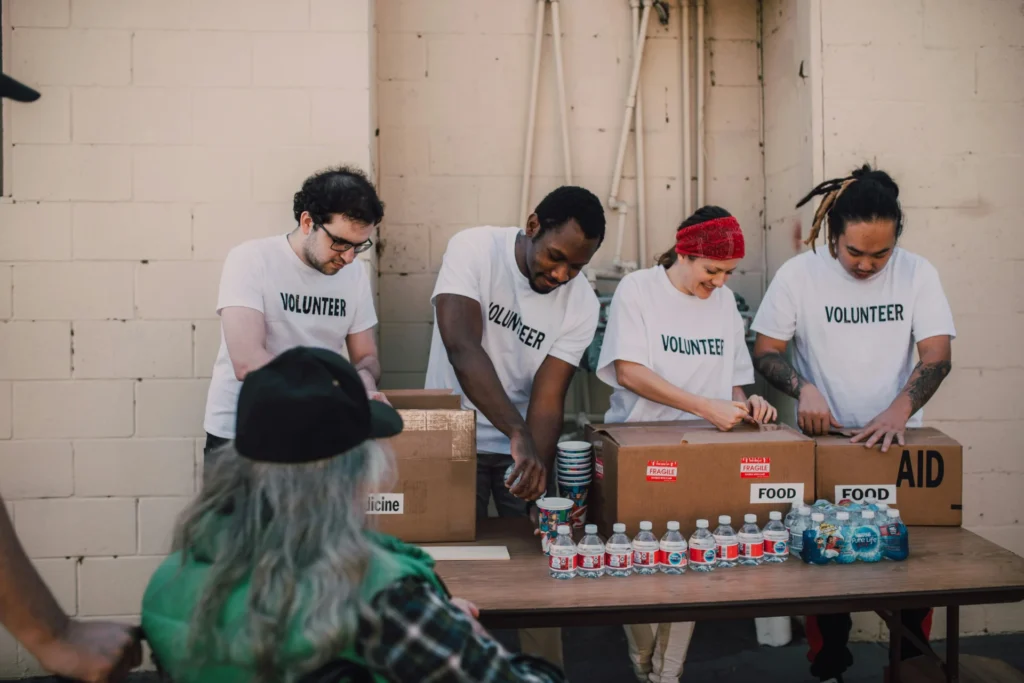Disclaimer: This article is for informational purposes only and does not constitute professional advice. For guidance related to social work, education, or mental health, please consult a licensed professional or accredited institution.
Across the country, social workers serve people from all backgrounds, including people of different races, cultures, genders, languages, and belief systems. But the teams providing that support don’t always reflect the diversity of the communities they work in. When people seek help and can’t see themselves in their provider, it can affect trust, communication, and the outcome of the service.
Representation isn’t just a nice idea. It plays a fundamental role in how people engage with care. Clients who feel misunderstood may hesitate to open up, stop showing up, or reject the support being offered. In a profession built on empathy, that kind of disconnect can lead to real harm.
This article explores why representation matters in community work and how it starts long before someone enters the workforce.
What Real Representation Means

Representation isn’t about meeting a quota or displaying surface-level diversity. In welfare work, it goes deeper than that. Real representation means having professionals who reflect the identities, cultures, and lived experiences of the people they serve. That includes race, language, gender, and more. When a client meets a community worker who understands where they come from, it builds a foundation of trust that training alone can’t replicate.
One clear example is the impact of Black social welfare workers. Many have deep ties to the communities they serve, offering both cultural awareness and a shared understanding of historical and present-day challenges. Their presence in schools, hospitals, and agencies improves communication, strengthens outcomes, and promotes more equitable systems of care.
This kind of representation starts with access to education. If students from underrepresented communities don’t see a clear path into the workforce, it won’t change. That’s where Historically Black Colleges and Universities have played a significant role.
Most HBCU online social work programs give students the chance to earn advanced degrees in culturally aware environments while balancing other responsibilities. These programs offer strong academic preparation while staying rooted in the values of equity and community. They help shape professionals who not only meet academic standards but also bring critical insight to their work.
How Trust Grows When Clients Feel Understood
When there’s a cultural connection or at least cultural awareness between client and provider, trust builds faster. This is especially true in communities that have experienced racism, discrimination, or mistreatment in other systems. A community worker who understands those histories, or has lived through them, brings more than just training to the table. They bring empathy.
Clients are more likely to speak openly, follow treatment plans, or stay engaged when they feel heard. On the other hand, when people feel judged, misunderstood, or unseen, they may drop out of services altogether. That’s why representation is not just about fairness, it’s about results.
Why Identity Shapes Outcomes in Social Welfare Work

Every person’s identity influences how they view the world, respond to stress, and ask for help. This includes factors like race, gender, language, religion, and even generational history. When a community works, shares, or at least deeply respects those identities, it can offer more thoughtful care.
For example, a worker who understands the stigma around mental health in specific communities can approach the topic differently. They can also offer services in ways that feel more respectful and accessible. This leads to better assessments, stronger connections, and more helpful support.
Without that awareness, clients may be misjudged. Their needs might be mislabeled. That’s not just unfair, it can lead to long-term harm.
When Good Intentions Aren’t Enough
Many Public Service Workers mean well. They enter the profession because they want to help people. But without proper training and personal awareness, even good intentions can fall short. A lack of shared experience or cultural knowledge can lead to assumptions, missed cues, or even offense.
This doesn’t mean only people from specific backgrounds should serve certain clients. But it does mean that teams should be diverse, and training should prepare workers to serve across lines of identity with humility and skill. The more backgrounds represented on a team, the better that team can respond to a wide range of community needs.
Why Faculty Diversity Is Part of the Solution
The people teaching Public Service Work matter just as much as the material. When students see faculty members who share their backgrounds or values, they feel more confident and connected. Diverse instructors also bring their own lived experiences into the classroom. That helps students gain a more complete understanding of the field.
Unfortunately, many schools still have low numbers of faculty of color, especially in leadership. This limits mentorship opportunities and slows progress. Hiring diverse educators isn’t just about balance; it’s about offering students a richer learning environment that prepares them for real-world practice.
Workplace Hiring Still Needs to Catch Up
Even when students from diverse backgrounds graduate, they still face barriers in the job market. Some employers fail to recruit or retain workers from underrepresented groups actively. Others promote the idea of diversity without changing how decisions are made.
Social employers, whether public or private, need to review their hiring practices with care. This includes writing inclusive job postings, offering mentorship, and supporting the development of a social work career. Representation doesn’t stop at recruitment. Organizations must create spaces where workers feel supported and have a path to leadership. That’s how they build teams that reflect the people they serve.
Looking Beyond Race for Full Representation
While race and ethnicity are significant parts of representation, they’re not the whole picture. True inclusion means making space for people of different genders, sexual orientations, languages, disabilities, religions, and life experiences. Each of these aspects brings something valuable to the field.
For example, a Public Service Worker with a disability may understand specific client challenges more deeply. A bilingual worker can break down language barriers. When teams reflect this whole spectrum, they can respond more effectively to the real needs of their communities. Limiting representation to just one area overlooks the many ways people bring value to their work.
Representation in Public Service Work isn’t just a good idea, it’s essential. Without it, the profession risks leaving people behind, making wrong assumptions, or causing harm. When professionals come from a wide range of backgrounds, they bring different skills, insights, and approaches. That leads to better results and stronger relationships.
To move forward, the profession must invest in education, inclusive hiring, and leadership that reflects real-world diversity. Real progress starts with intention, and it continues with action.












